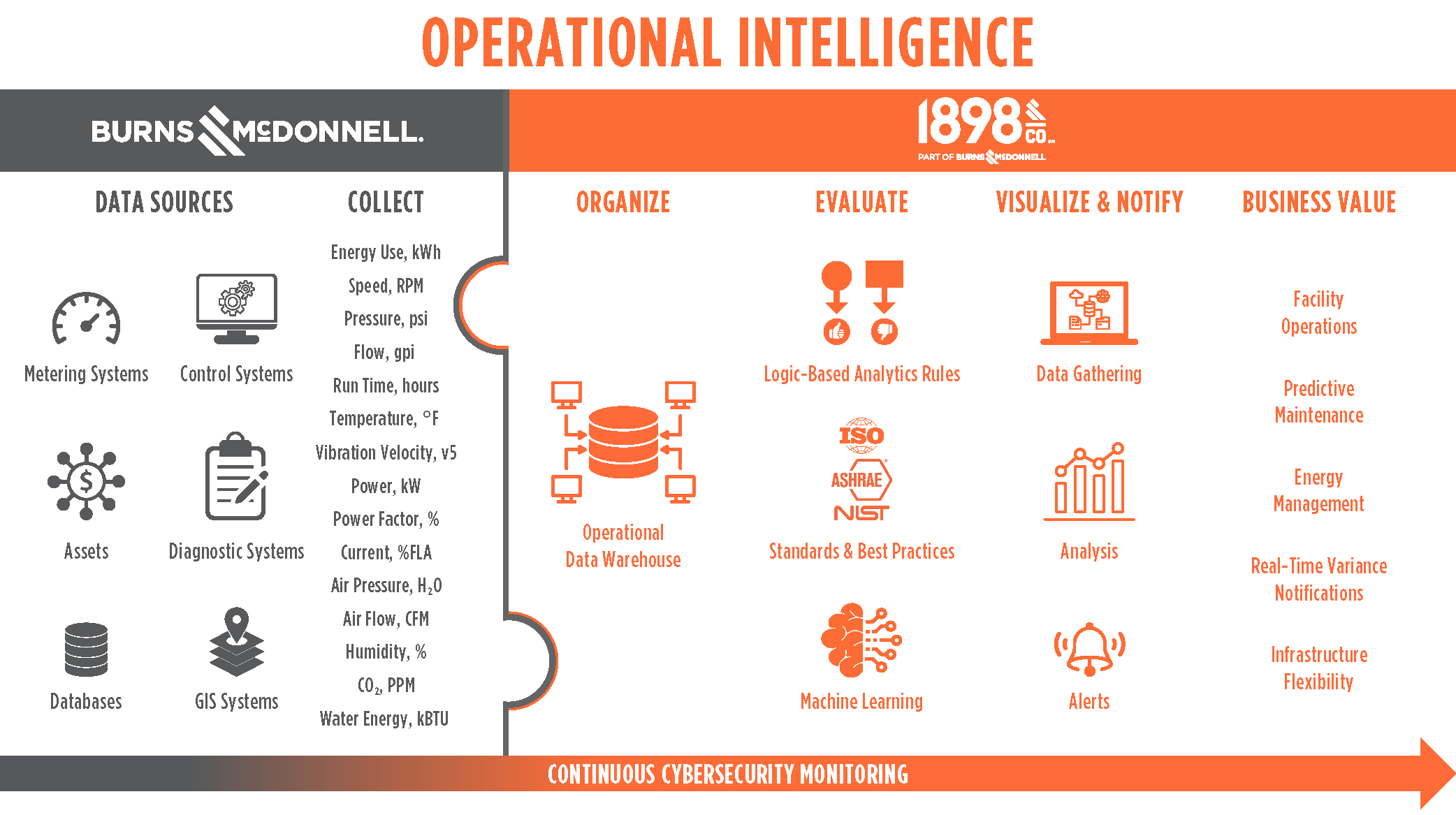Solution
We were engaged to develop and implement a modernized computer maintenance management solution focused primarily on the utility’s pumping stations as a means to improve reliability of the pumping station circuits. The overall goal was to streamline existing data tags and modernize existing ProcessBook displays to the latest PI Vision platform while leveraging the modeling tool, Asset Framework.
We followed a phased approach of identifying, recommending and implementing tag naming using Asset Framework to provide the flexibility required by the client. Asset Framework was used to create asset and analysis templates that served as the basis for creating element relative displays (ERDs) in PI Vision, a web-based application from OSIsoft.
Initial phases of the effort involved collecting a large volume of historical data from the OSIsoft PI Data Archive. The first priority was to develop a process to collect the data, followed closely by the second priority of modeling the data with logical and easily understood naming conventions.
During this critical step, we created the Asset Framework layer, allowing us to organize this data in a manner retrieval tools on the database to provide the necessary insight that the right data was being collected.




